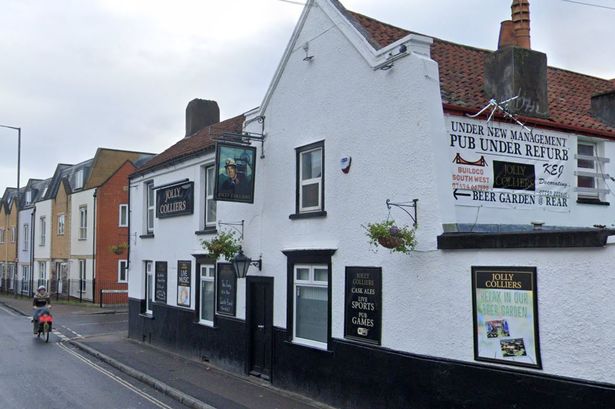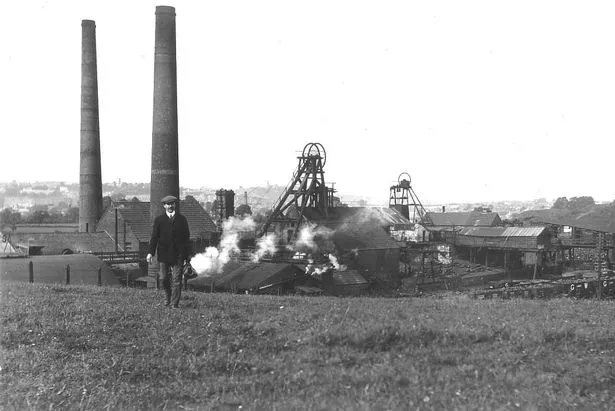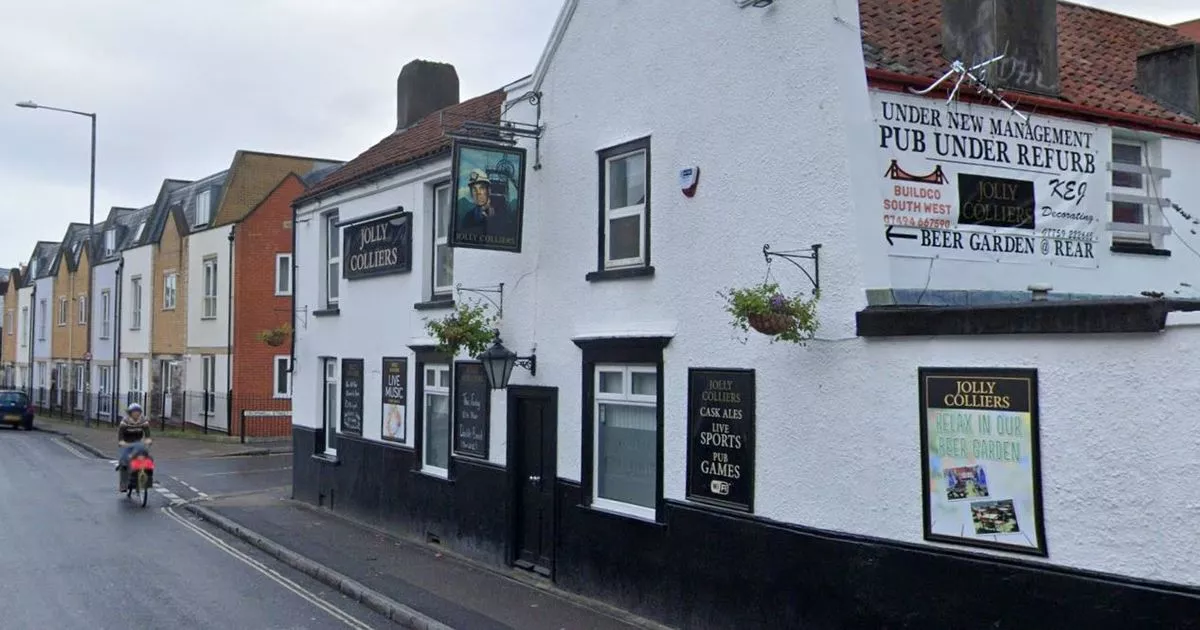Only the pub names now hint at the area’s past The Jolly Colliers pub in West Street, Bedminster, is one of very few references to the area’s coal mining heritage
The Jolly Colliers pub in West Street, Bedminster, is one of very few references to the area’s coal mining heritage
A project is to be launched to mark the 100th anniversary of the closure of the last coal mine in South Bristol – with hopes that at least two commemorative metal statues of miners are placed where the biggest and most important pits were.
The project, called ‘Digging Deep’ and set up by the Bedminster Coalminers Heritage Group, will also aim to create commemorative markers to honour the 153 – at least – miners killed in accidents and disasters while down in the unforgiving pits below Bedminster, Southville and Ashton.
A crowdfunder has been set up, and the leading local historian expert on the mining heritage of South Bristol, Garry Atterton, will be hosting an event for local people to find out more, later this month.
That event, which is a display and talks on Bedminster Coalminers, will take place at 11.30am and 12.30pm on Saturday, June 21 at St Aldhelm’s Church in Chessel Street in Bedminster, which is part of the wider Great Get Together event, across Bristol.
The project will build on research from Garry and current council leader and local councillor Tony Dyer, who are both local to Bedminster and whose ancestors worked down the mines.
The aim is to install one of the metal statues – of the kind that are common in other former coalmining communities like Pensford and Radstock in Somerset – on the site of the South Liberty Colliery in Ashton Vale, and in Dame Emily Park in Bedminster, which was a park created following the closure and capping off of the Dean Lane pit head.
At its height in the late 19th century, thousands of men and boys worked down the mines, which were dotted all around Bedminster and Ashton, particularly along West Street in Bedminster and in the lower-lying land of Ashton Vale.
READ MORE: Bristol’s forgotten mine disaster leads South Bristol History FestivalREAD MORE: Bristol’s worst mining disaster and Bedminster’s hidden history of coal needs a memorial, says councillor
There were four main pits – Dean Lane, South Liberty, Malago Vale and Ashton Vale, and South Liberty was the last to close, 100 years ago this year, in 1925. Now, the only evidence that the area was once filled with coal mines comes in the names of pubs that still survive from those times – the Jolly Collier on West Street, near the Malago Vale pit head, and the Miners Arms, on the edge of Ashton Vale and Bedminster.
While Bedminster’s coalfields closed in 1925, other mines in north and east Bristol did continue on, particularly in Kingswood. The last Bristol mine to close was the Harry Stoke pit, which closed in 1963, while the once-great Somerset coalfields – where Glastonbury Festival founder Michael Eavis once worked as a young man – were finally shut down with the closure of pits in Kilmersdon and Writhlington in 1973.
Garry said commemorating South Bristol’s mining heritage would also mean remembering the men and boys who were killed in mining disasters, and the two worst – in terms of numbers of people killed in the same event – happened within five years of each other.
 The South Liberty Lane coal mine was the first to open in 1748, and the last of 25 mines to close in the 1920s
The South Liberty Lane coal mine was the first to open in 1748, and the last of 25 mines to close in the 1920s
The Dean Lane pit disaster killed ten miners on September 11, 1886, including a 28-year-old man called William Garland Jnr. Almost five years later, on August 31, 1891, ten miners were killed in a disaster at the Malago Vale colliery in Bedminster. William Garland’s father, also called William, was killed in an accident at Ashton Vale Colliery the year before.
‘Forgotten’ history
In fact, the Garland family – which later became a famous name through Chris Garland’s exploits for Bristol City – had five generations of miners in the collieries of Bedminster for more than 100 years – a total of 48 men over the generations. Eight of them were killed in mining accidents.
“The aim is to pay for either a plaque and/or a metal statue of a coal miner as a reminder of Bedminster’s historical importance that is often forgotten or at worst, not even known about,” said Garry. “This is likely to be in the Dean Lane area, the Dean Lane Pit being the largest of its time and the site of the 1886 pit disaster.”
“Miners were the bedrock of Bedminster and Ashton, working in cramped, dark and damp conditions – ones that we can only begin to imagine – and they helped shape Bedminster and its community at a time of rapid industrial growth,” he explained.
READ MORE: The story of Bedminster in 14 photographs
“Under the roads and streets of what we can now call a gentrified Southville and Bedminster, miners would have been toiling away for a pittance, walking miles from pit entry to coal face, often walking for half an hour before beginning work.
“You only have to look around at the pub names in Bedminster to see the legacy they left; The Miners, The Jolly Colliers and a little further afield, The Miners Rest in Long Ashton,” he added.
“This project is fuelled by myself as a direct blood relative of the Bedminster Garland Miners, some very strong and wonderful people who risked their lives day in and day out making a living. It is also for all the miners of Bedminster and Ashton, in particular the 156 who were killed in Bedminster/Ashton coal mines,” he said.
